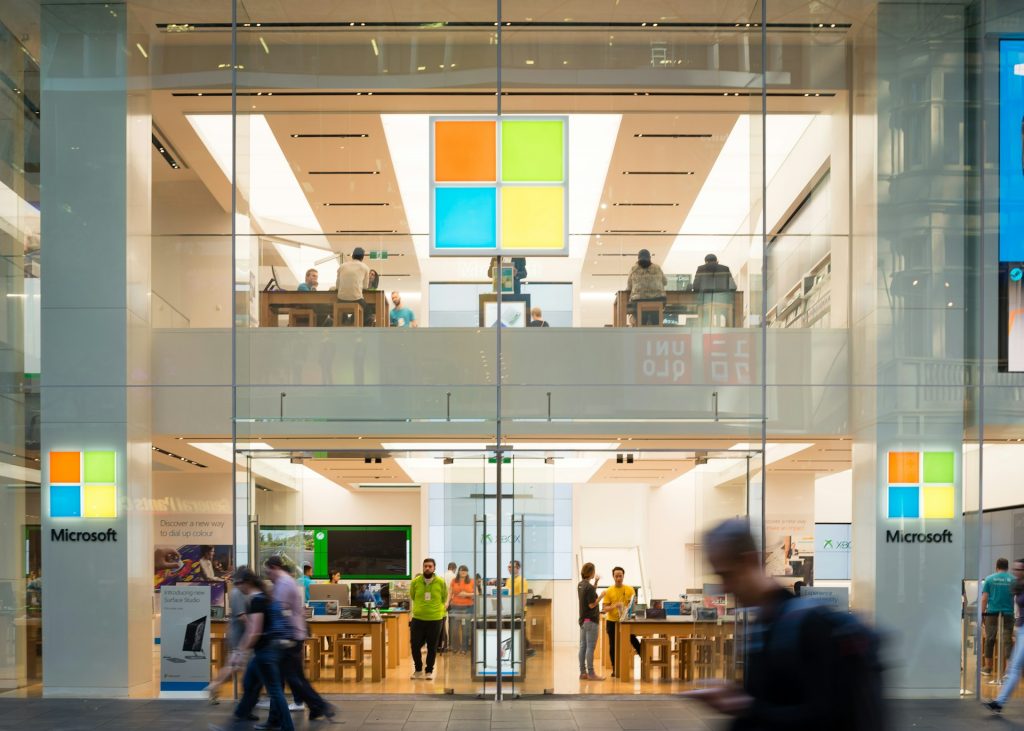Redmond, WA – July 3, 2025 – Microsoft, a titan of the technology industry, is once again in the headlines for significant workforce reductions. In a series of announcements this year, including a fresh round of approximately 9,000 global job cuts this July, the company is undertaking a sweeping restructuring that is profoundly impacting its employees, particularly across the United States. These moves, while often framed as strategic realignments for agility and efficiency, are raising questions about the evolving tech landscape, the role of AI, and the human cost of corporate transformation.

The Numbers and the Divisions Affected
This latest wave of layoffs marks Microsoft’s largest layoff in years, its second major reduction in months and its largest in over two years, following an estimated 6,000 cuts in May and an additional 305 in June. In total, Microsoft has eliminated over 15,000 jobs since January 2024. While these cuts represent less than 4% of Microsoft’s vast 228,000-person global workforce (as of June 2024), their impact is acutely felt by those affected and their communities.
The current round of layoffs is notably hitting the Xbox gaming division hard, with substantial job losses reported across various studios, including King (Candy Crush developer) and ZeniMax. This comes after years of expansion in the gaming sector, culminating in the 2023 acquisition of Activision Blizzard. Beyond gaming, the sales and marketing divisions are also facing significant reductions, with the company signaling a shift towards utilizing third-party firms for some software sales to small and mid-sized customers. Layoffs have also impacted product and engineering roles, and are targeting middle management layers in a broader effort to streamline operations and reduce organizational hierarchy.
Regional Impact Across the USA
While the layoffs are global, specific regions within the USA are bearing a significant brunt:
- Washington State (Redmond/Seattle Area): As Microsoft’s headquarters, Washington State has seen a considerable number of job losses. The latest round includes 830 workers tied to the Redmond headquarters, adding to nearly 2,000 who lost their jobs in the Puget Sound region in May. In less than two months, over 3,100 jobs have been cut in Washington state alone.
- California: Microsoft offices in the San Francisco Bay Area were also impacted by earlier rounds of layoffs, particularly within software engineering and product management roles.
- Maryland: Gaming studios like Bethesda Softworks (acquired through ZeniMax Media), with locations across North America and Europe, have also seen job reductions.
These regional impacts ripple through local economies, affecting families and the broader tech employment landscape.
The Rationale: AI, Efficiency, and “Dynamic Marketplaces”
Microsoft has consistently communicated that these layoffs are part of “organizational changes necessary to best position the company and teams for success in a dynamic marketplace.” The primary drivers cited are:
- Focus on Artificial Intelligence (AI): Microsoft is making massive investments in Artificial Intelligence (AI) infrastructure, allocating an estimated $80 billion for data centers in its fiscal year 2025 alone. The company views these layoffs as a way to reallocate resources and prioritize talent in AI development. The rise of AI-powered coding assistants is also reshaping software development roles, leading to workforce adjustments.
- Operational Efficiency and Streamlining: A stated goal is to reduce management layers and flatten the organizational structure to increase agility and effectiveness. This mirrors similar moves by other tech giants aiming to improve decision-making speed.
- Cost Control: Despite robust financial performance, with $25.8 billion in net income for its most recent quarter, the soaring cost of scaling AI infrastructure has reportedly weighed on margins. The layoffs are seen as a way to rein in costs.
- Course Correction from Over-Hiring: Some analysts suggest that Microsoft, like many other tech companies, may have overhired during the pandemic, and these reductions are a recalibration to a leaner, more focused workforce.
The Human Element: Employee Testimonials
Behind the statistics are the personal stories of employees grappling with sudden job loss. Many, including long-serving individuals, have shared their experiences on platforms like LinkedIn, expressing shock, disappointment, but also resilience and a determination to find new opportunities. These testimonials highlight the human element of corporate restructuring, reminding us that each number represents a career, a livelihood, and often a significant part of an individual’s identity.
Looking Ahead
Microsoft’s ongoing layoffs reflect a broader trend across the tech industry cuts sector, driven by a pivot to AI, investor pressure for profitability, and corrections from pandemic-era over-hiring. While the company asserts these changes are crucial for long-term success in an evolving market, the immediate impact on its workforce in the USA is undeniable. As Microsoft continues to chart its course into an AI-driven future, the tech industry and affected communities will be watching closely to see how these strategic shifts ultimately play out.


